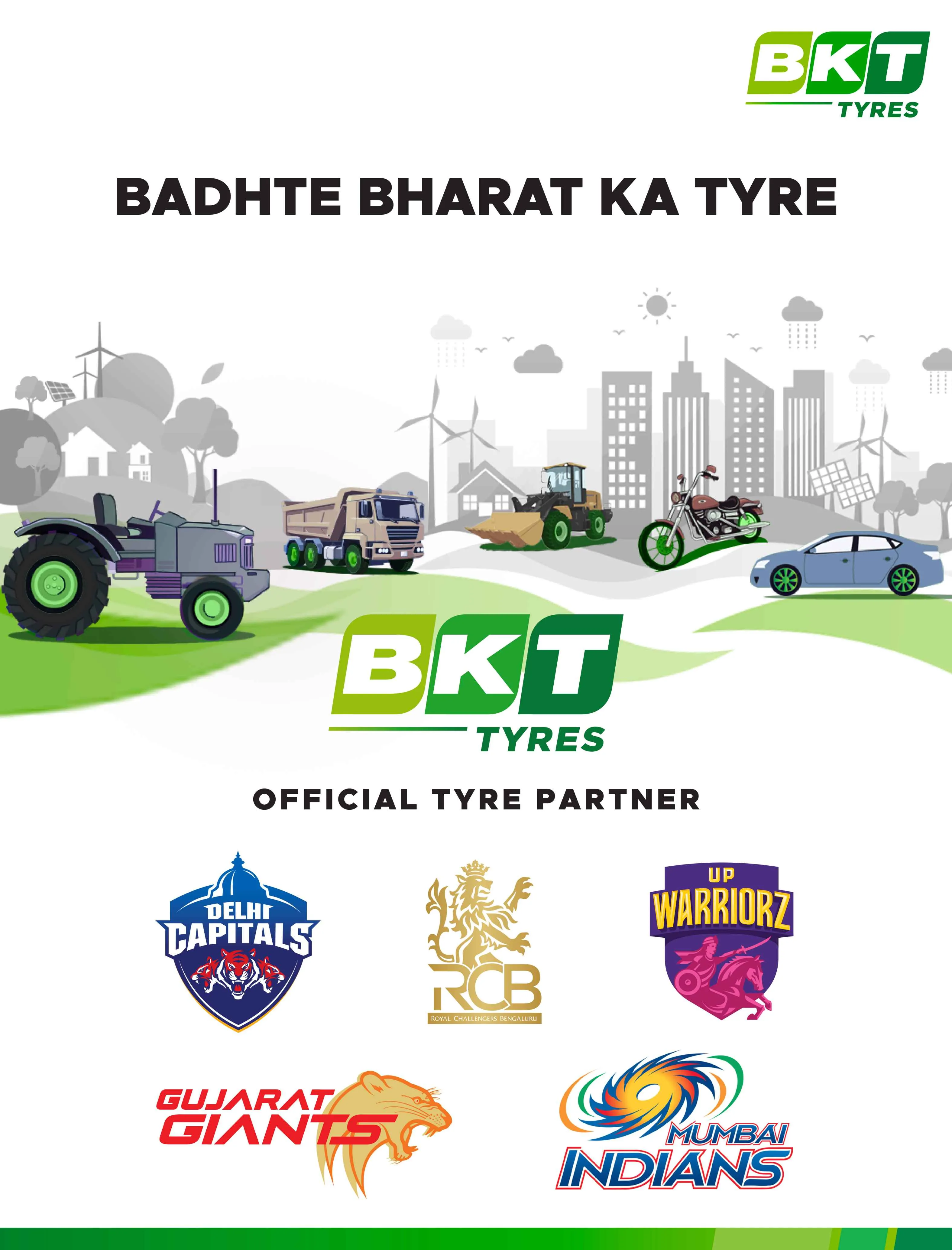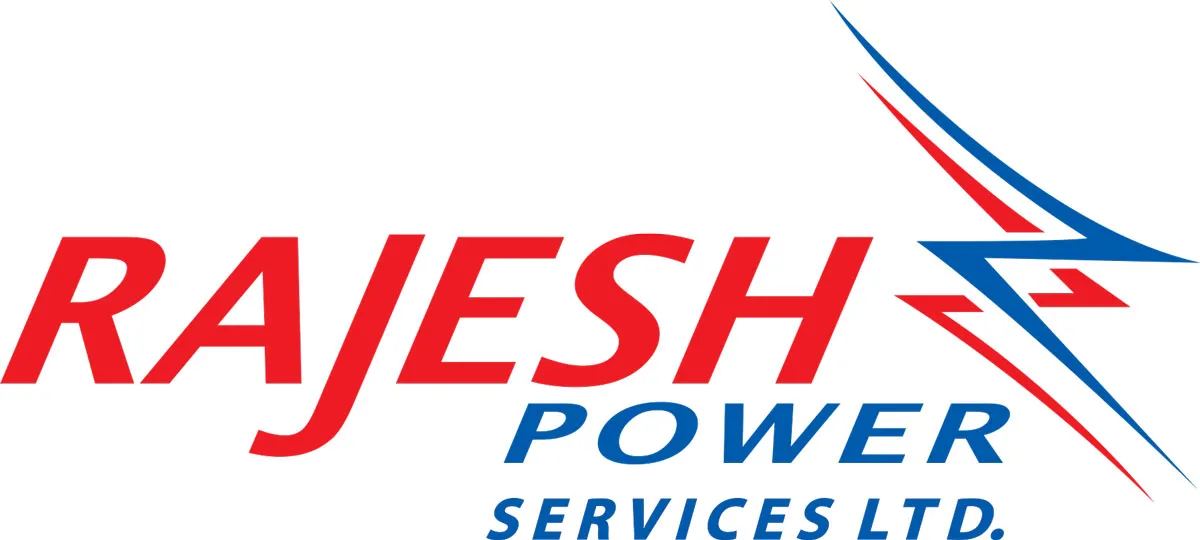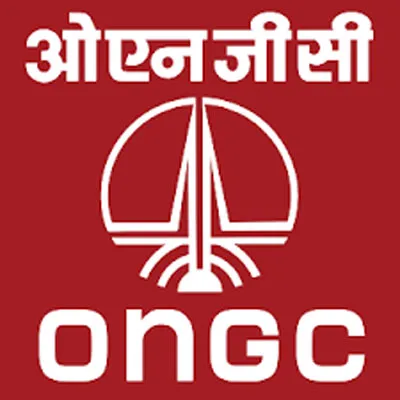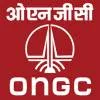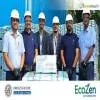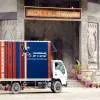In the next in a series of interviews with prominent civil engineers,
Janaki Krishnamoorthi speaks to
Guruprasad Rai, Chief Engineer, Cochin Port Trust.
"Application of the mind with appropriate technical skills is very important while dealing with port projects. Here, engineers often encounter unique problems with no precedent or reference. Only presence of mind and common sense will help them find a solution," asserts Guruprasad Rai, Chief Engineer, Cochin Port Trust. No one knows this better than him, with his 26-year experience in the ports sector.
Rai was associated with the development of Jawaharlal Nehru Port (JNP) for 22 years right from its inception, as a contractor/consultant initially and then as part of the JNP team. During this period, he was involved with several projects, including the construction of the marine berth, several container yards, parking areas, road network and township development. Now heading the civil engineering department at Cochin Port and leading a team of 90-odd engineers, his responsibilities encompass designing marine structures, dredging, executing all plan and non-plan works of the port, implementing PPP (public-private partnership) projects and carrying out R&D. In addition, his department also undertakes design assignments on a deposit basis from other government organisations like the Inland Waterways Authority of India (IWAI), Lakshadweep Administration and departments of the Kerala Government.
In his two-and-a-half-year tenure at Cochin Port, Rai already has several successful projects to his credit. He has completed substantial capital dredging work (Rs 430 crore) without any support from external experts, a rare achievement as no other Indian port has done capital dredging departmentally. He has also completed the design and construction of a passenger terminal for the Lakshadweep administration (Rs 30 crore); a RO-RO (Roll on, Roll off) jetty for IWAI (Rs 12 crore); modernisation of Cochin Fisheries Harbour (Rs 10 crore); and a cruise passenger facilitation centre (Rs 7 crore) and general cargo berth on PPP basis at Cochin Port. He also finalised and awarded a prestigious ship building facility (Rs 800 crore) in a record time of four months. Under his leadership, Cochin Port has firmed up its master plan and taken up the development work of a desalination plant, sewage treatment plant, modernisation of fisheries harbour and development of a RO-RO jetty for the transfer of containers. However, the container sector is closest to his heart as its handling is absolutely pollution-free. "I strongly believe the entire bulk cargo operations should be slowly transformed to containerisation to reduce pollution and maintain a healthy environment," he affirms.
Guided by his commitment to quality and time, Rai believes civil engineers should present their views boldly and cope with any situation confidently. His advice to young civil engineers: "Do not be bookworms, but be very practical and logical in your approach while dealing with the subject." He shares more of his views on civil engineering and port construction with CW:
Pet project
Implementing an Outer Harbour on the western coast of Puthuvypeen area for Cochin Port is my dream project. To be developed at a cost of about Rs 7,000 crore, it involves creating 2,000 acre of reclaimed land with breakwaters of about 8 km length and berthing facility for about 25 ships. The feasibility study is on and I am confident of conceptualising the project by the end of this financial year. This project, which aims to develop the seafront area for all future developments, will transform Cochin Port into a major international transhipment port.
Challenges in port development
Port construction is a specialised field as it involves multidimensional challenges from the sea (establishing a proper channel, maintaining tranquility in the basin, capital dredging and recurring maintenance dredging); and from land (having enough area for development, geotechnical aspects, proper connectivity). Striking a pro¡per balance amongst all these parameters is necessary to sustain a port in the long run.
Challenges at Cochin Port
Cochin Port is an all-weather natural port with its marine facilities located along the Mattancherry Channel and Ernakulam Channel and on-shore port facilities on the artificially created Willingdon Island (WI) between these two channels. The water frontage usable on WI has been utilised entirely and new facilities are being created in the Vallarpadam and Puthuvypeen areas on the northern side of the Ernakulam Channel. The port area at Vallarpadam and Puthuvypeen are notified as Port-Based Special Economic Zones (SEZ). A height restriction on the WI area imposed by the Southern Naval Command poses limitations in installing appropriate cargo-handling cranes and electrifying an existing rail link to this island. Suboptimal land use pattern of WI has resulted in limited cargo storage area. A master plan redefining the land use pattern has now been finalised and its implementation will resolve this problem. Siltation in the port channels is very high and dredging is required throughout the year for maintaining the drafts in the port channels and berth basins. We have been spending around Rs 105 crore annually on dredging, which is likely to go up now. Financial support from the government is imperative to offset this cost and reduce port charges. The throughput of the International Container Transhipment Terminal commissioned in 2011 was un-satisfactory owing to regulatory issues between Customs and SEZ authorities as the Cabotage Law. With these issues now sorted out and the law relaxed for three years, throughput is soon expected to achieve targeted levels.
Trailing technology
We are lagging far behind in the use of technology and advanced techniques in port construction as compared to other countries. Barring a few, most Indian construction companies still follow conventional construction techniques. Ports too, by and large go for conventional technology, owing to cost being the only deciding factor for awarding government contracts. JNP was one of the ports where advanced technology was adopted as top-class international companies were involved in its construction. There is definitely a need to upgrade technology in port construction in all fronts like dredging, wharf and berth construction and yard developments.
Equipment impasse
Some of our ports do have world-class equipment but there are others still using outdated ones. Equipment technology is chang¡ng at a fast pace but government ports cannot adopt it immediately owing to policy constrains that stipulate that we phase out existing equipment. The government's policy on asset life and audit objections is restraining ports from keeping pace with technological development.
Track Record: Guruprasad Rai
Education: BE Civil from Karnataka University (1985)
Career:
1986-1989: Site Engineer, Mitsui & Co
1989-91: Project Engineer, Howe India Ltd
1991- 2010: JNPT, Joined as Assistant Executive Engineer and climbed up the ladder to become Superintending Engineer in 2003
2010 to date: Chief Engineer, Cochin Port Trust
Challenging projects
Project: Capital and maintenance dredging for International Container Transshipment Terminal, Cochin Port
Period: 2010-2012 (ongoing, scheduled to be completed by November this year)
Cost: Rs 430 crore
Specification: Capital dredging for port channel of 13.5 km length and berth basin to 14.5 m draft involving mainly compact sand with shells and stiff clay.
Unique feature: The dredging is being done under guaranteed depth concept, a first in the country and different from the general dredging practice adopted worldwide, which is in-situ quantity basis or lump sum or dredge hire basis. "In this method, a contractor is paid only after he reaches the specified depth irrespective of the quantity dredged, so depth is always assured, which is very essential for a port like ours requiring active dredging," explains Rai. "In other methods, the contractor dredges the volume agreed on, and stops work irrespective of whether the required depth is reached or not. This also leads to cost revisions later. After we adopted this method, the government advised other ports to explore the possibility of implementing this methodology. JNPT adopted this for the first time, for their major contract of deepening and widening the approach channel."
Challenges: It was a complex assignment as the characteristics of soil varied drastically from place to place, necessitating selection of appropriate methodology and equipment to complete the dredging. "This was the most challenging assignment I encountered in my career," Rai reveals. "Despite using advanced technology, substantial equipment and experts, the work took considerable time. We had to terminate the contract of two dredging companies who failed to complete the work and appoint a third one, Dredging Corporation of India. In all this, the project got delayed by a year but the work is now scheduled to be completed by the end of November 2012."
Project: Land filling at Jawaharlal Nehru Port (JNP), Nhava Sheva
Period: 2009-2010
Cost: Rs 165 crore
Background: Around 500 hectare of marshy land had to be filled for future development of the port.
Challenges: It was marshy land with different settlements and the filling had to be done accordingly to ensure there were no resettlements or any accidents. Work was divided amongst four contractors. What's more, we had to complete the project amidst protests from locals. "Although the Coastal Zone Management Plan was approved by the Environment ministry, there were protests from the locals posing insignificant issues to exploit the contractors," shares Rai. "We had to undertake the work in a very tactical way to avoid further hue and cry and public unrest."
To share your engineering experiences with us, write in at feedback@ASAPPmedia.com
